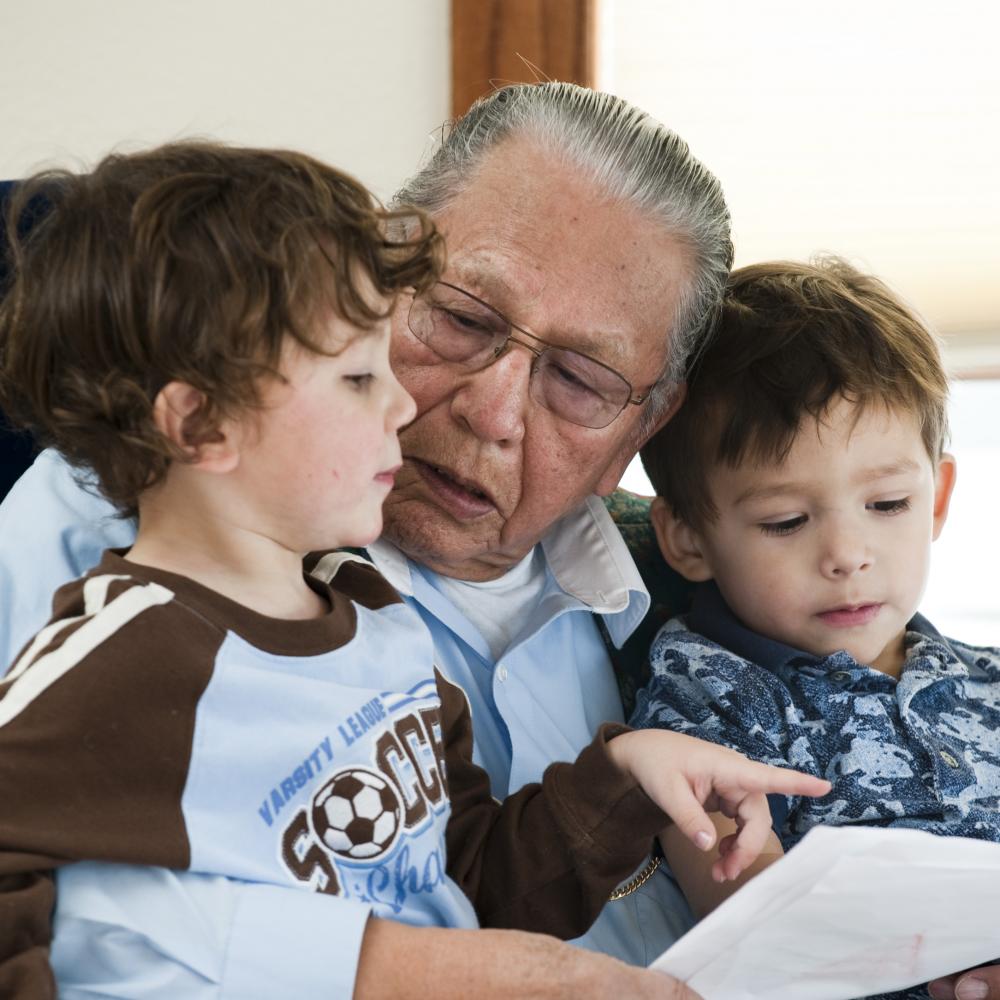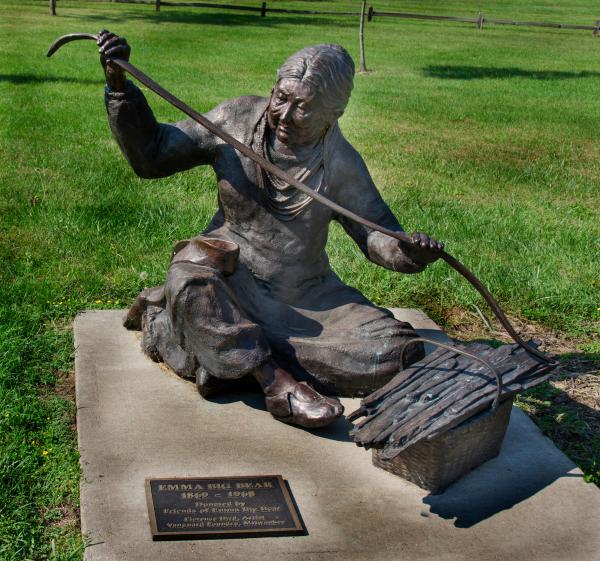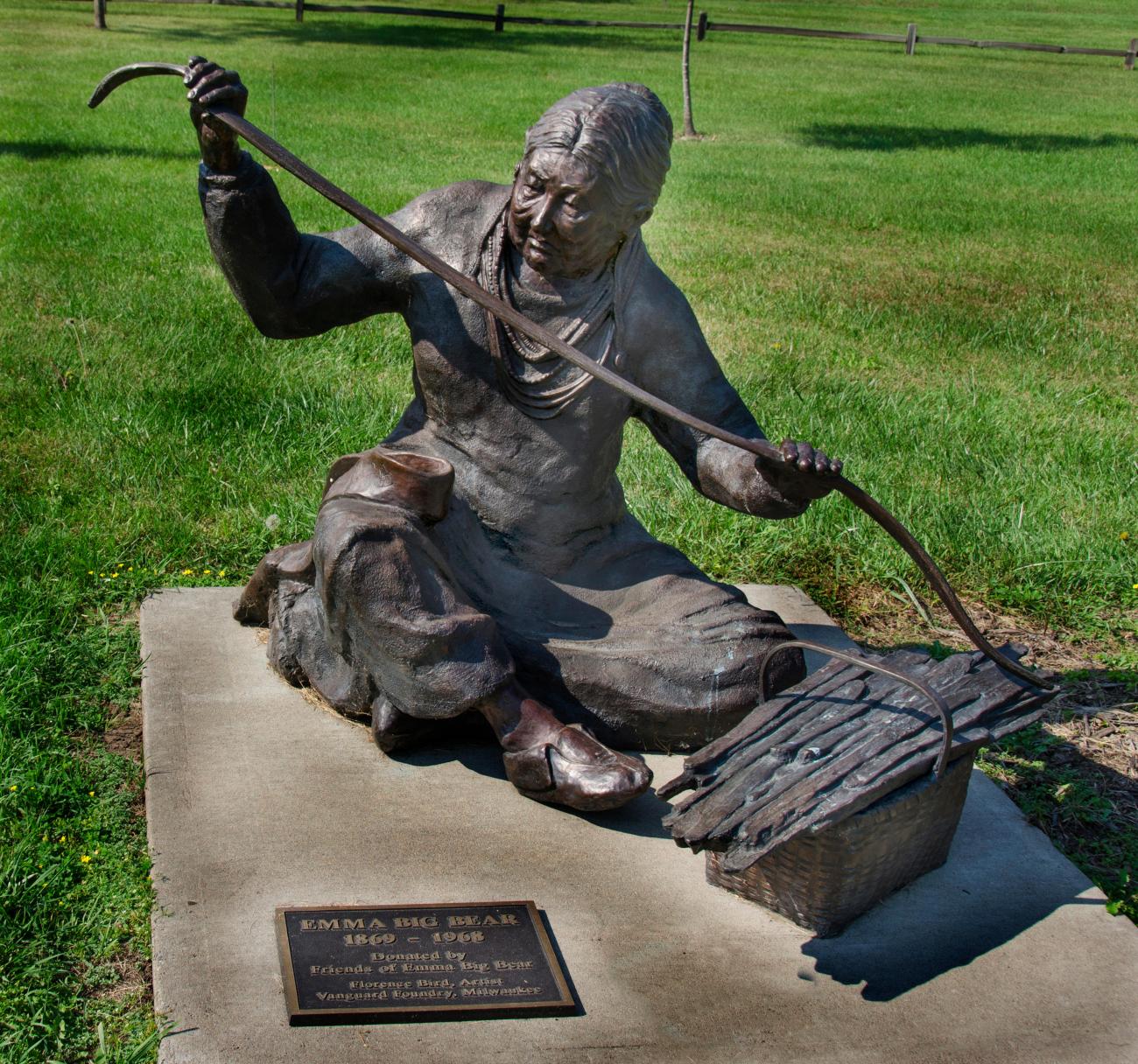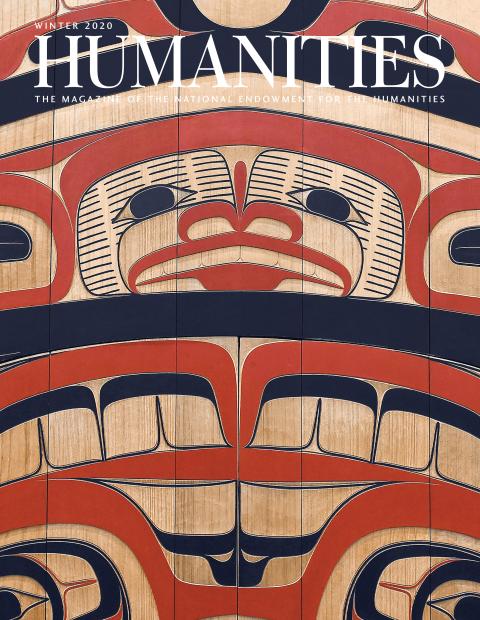Wisconsin For Kirsten Betancurt, a member of the Hoocąąk (also known as the “Ho-Chunk”) Native American tribe, the flourishing of her tribe’s distinct culture depends on the survival of its language.
Assurance that the Ho-Chunk language will continue to be spoken, however, is by no means a given. As with the vast majority of the 175 Native American languages found in North America and Canada, Ho-Chunk is an endangered language, with only around 50 native speakers left. “Without the language we can’t do our culture, we can’t live our way of life,” insists Betancurt. “If we can’t live our way of life, there are no more Ho-Chunk people.”
As a follower of traditional Native American spiritual customs, Betancurt observes the practices and beliefs of the Ho-Chunk tribe, in which all prayers and rituals are spoken in the native Ho-Chunk tongue.
According to one account in Folklore of the Winnebago Tribe, the sacred language of the Ho-Chunk nation was born when an ancient elder named Thunder commanded the tribe to praise their creator: “The Earth and Sky People queried of themselves, ‘Which language will we speak together?’ . . . Thunder replied, ‘We will speak Ho-Chunk,’ Chunk is a word meaning praise. The elder had encouraged the beings to speak their language in praise of the Creator. Ho-Chunk would become the voice of praise.”
For many years after the arrival of Europeans, the tribe had more cause to use their language for lamentation than praise. New diseases caused their numbers to plummet from around 20,000 to a few thousand in the 1700s, and in the 1830s the tribe was forcibly relocated to remote reservations in the Midwest. After struggling in courts for many years, they won the right to return and repurchase some of their native Wisconsin land. But the worst blow, according to many tribe members, was the efforts in the late nineteenth and early twentieth century to assimilate native children by depriving them of their language and customs at special boarding schools. At the Tomah Indian Industrial School near La Crosse, speaking Ho-Chunk was strictly forbidden, as were native clothing and hairstyles.
In 2014, a newfound awareness of her language and its decline caused Betancurt to leave her job in the tribal government’s enrollment office and apply to be a member of a small team of Ho-Chunk engaged on a special mission to save the language. Known as Language Apprentices and run by the tribal government’s language division, the team serves as living bridges between the remaining tribal elders who learned Ho-Chunk as a first language and the rising generation. Each apprentice, of which there are more than a dozen at any one time, is paired with an “eminent” speaker, with whom they spend seven hours a day, every weekday, for up to two years, conversing only in Ho-Chunk. Once the apprenticeship is finished, each apprentice becomes a Ho-Chunk language instructor, teaching anyone from babies in a special immersion day care to students in three high schools where Ho-Chunk is taught and other adults.
The Ho-Chunk Language Apprentice Program was recently featured on Wisconsin public radio through a program by “Wisconsin Life,” an initiative supported by the Wisconsin Humanities Council. The program highlights Wisconsin’s unique cultures and diverse peoples, including the state’s numerous indigenous communities.
The apprentice program traces its roots to a language revitalization program developed in the early 2000s by the Advocates for Indigenous California Language Survival, in cooperation with UC Berkeley linguist Leanne Hinton. Combining the latest theories of immersive language acquisition with the needs of native communities, the essential insight of the AICLS’s “Master Apprentice Program” was to use fluent elders to train adult speakers, who are the key to passing the language on. According to Hinton, “the key needed to be found to unlock the door between the speakers and those who wanted to learn. The master-apprentice program was developed . . . so that the missing generations of young adult speakers that are so crucial to language transmission could become proficient in their language.” For native communities with few resources and scattered populations, the one-on-one structure offered a low-budget solution.
Like most apprentices at the outset of the program, Betancurt possessed minimal knowledge of Ho-Chunk, having passively absorbed a few words and commands from grandparents. Betancurt was first paired with Maxime Coleman of Black River Falls and later with Lila Blackdeer. Coleman “would go over just words, phrases, sometimes she would tell me a story, or we would do just everyday stuff, tell me how to make coffee, give me the word for that. I would repeat after that . . . and write down what she was saying and I would make flash cards.”
With Blackdeer, she practiced traditional Ho-Chunk craft making, learning the vocabulary belonging to these time-honored activities. Knowing phrases related to hand-weaving such as yarn belt—“ceehį hipirak”—and basket-making—“nąąpąą” means “baskets”—and other Ho-Chunk cultural terms allows Betancurt to practice her native customs.
Specialists estimate that gaining sufficient fluency in a language to pass it along to the next generation requires 600 to 700 hours of such immersive contact. Betancurt’s own improvement was drastic: “In the two years I worked with speakers directly every day, I was able to tell stories, lead conversations, whereas I came in knowing nothing, a couple kitchen terms, commands, but that was about it.”
Since completing her apprenticeship, Betancurt has taken a position teaching Ho-Chunk to other adults. And she now makes great efforts to expose her own children to as much Ho-Chunk as possible. Following the principle of language immersion, Betancurt tries to create in her home what is called a “nesting program,” where children are surrounded as much as possible by native speakers. “My kids were there. My sister’s kids were there and my mom was there. And my grandfather would come over. So what we would do is talk Ho-Chunk together.” She can already see some results. “I can talk to them in Ho-Chunk and most times they’ll understand me.”
This concern for the next generation’s pivotal role can be seen elsewhere. The Ho-Chunk Language Division has striven to ensure that Ho-Chunk remains relevant to a multilingual, urban, and tech-fluent younger generation. They have launched a number of language apps for iPhone and Android to adapt to how younger members of the tribe learn.
Even more than ease of use, the language’s survival will rely on the young to be proud of their heritage and want to speak Ho-Chunk. Betancurt already sees attitudes among the tribe’s youth changing. Unlike her own teenage shame at being different from white classmates, Betancurt believes that “the younger ones are really seeing it’s cool to be Ho-Chunk, it’s cool to learn the language.”





